Sambucus canadensis
Common Elderberry
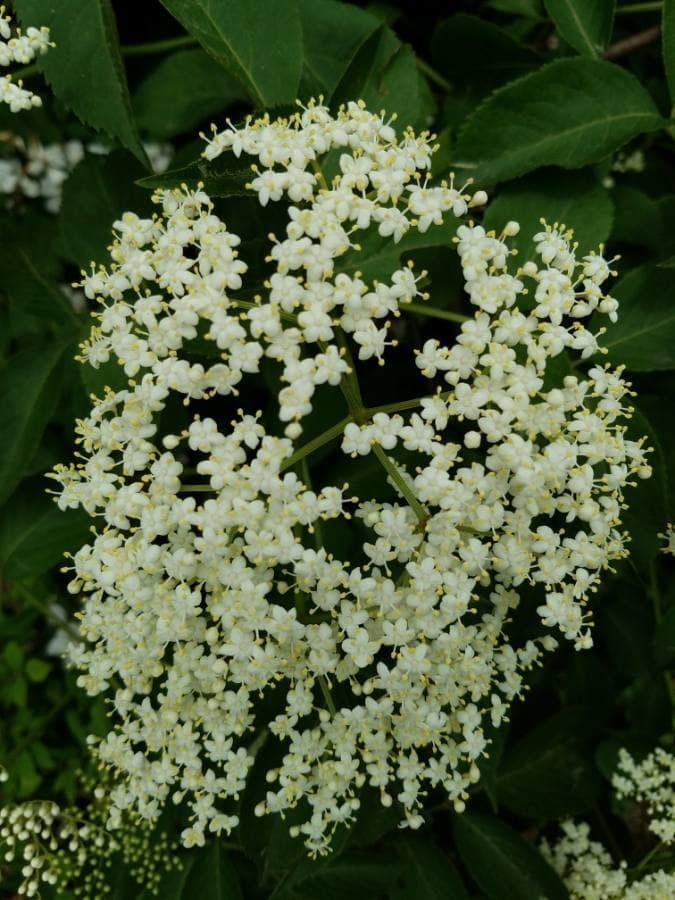
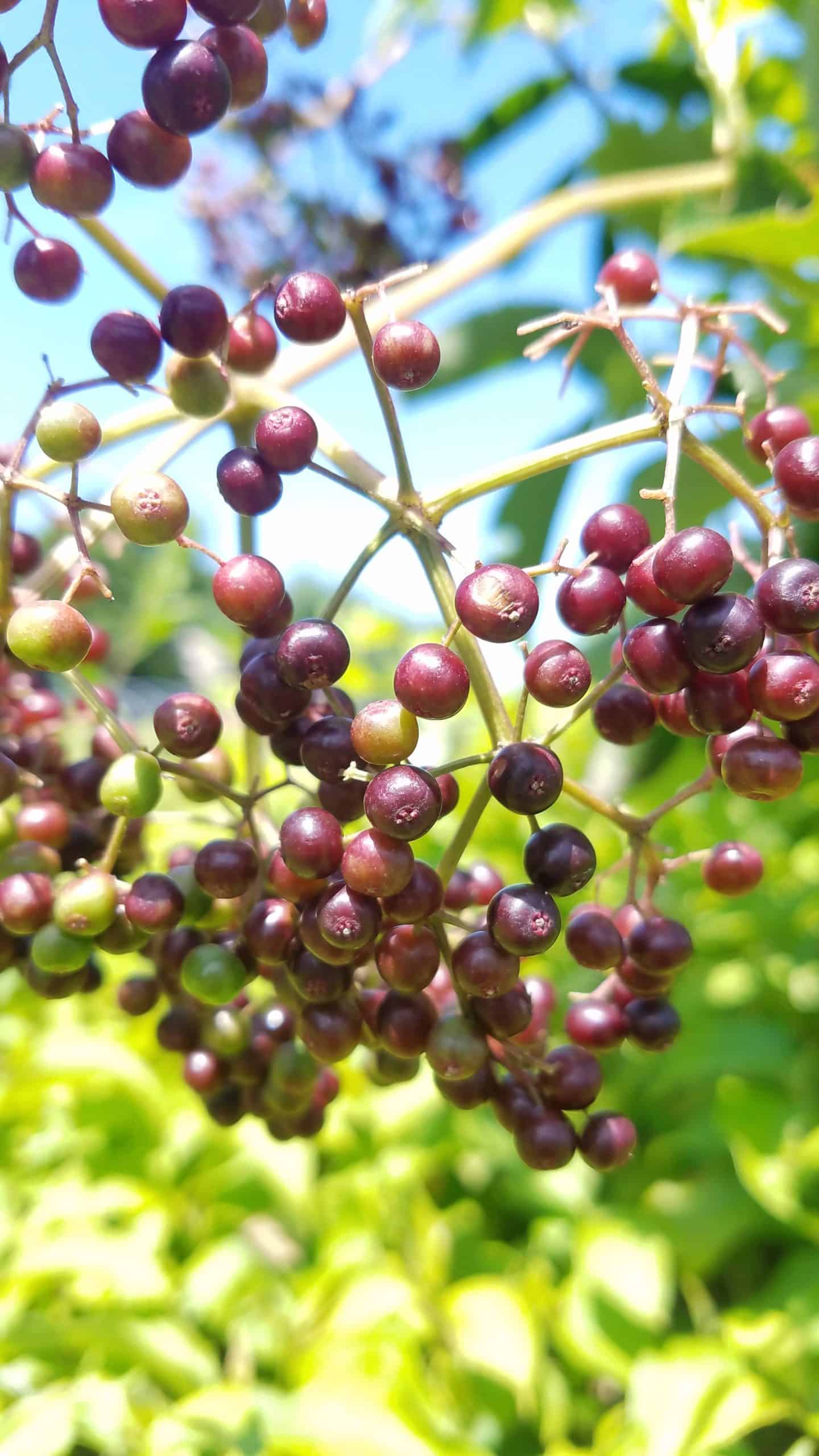
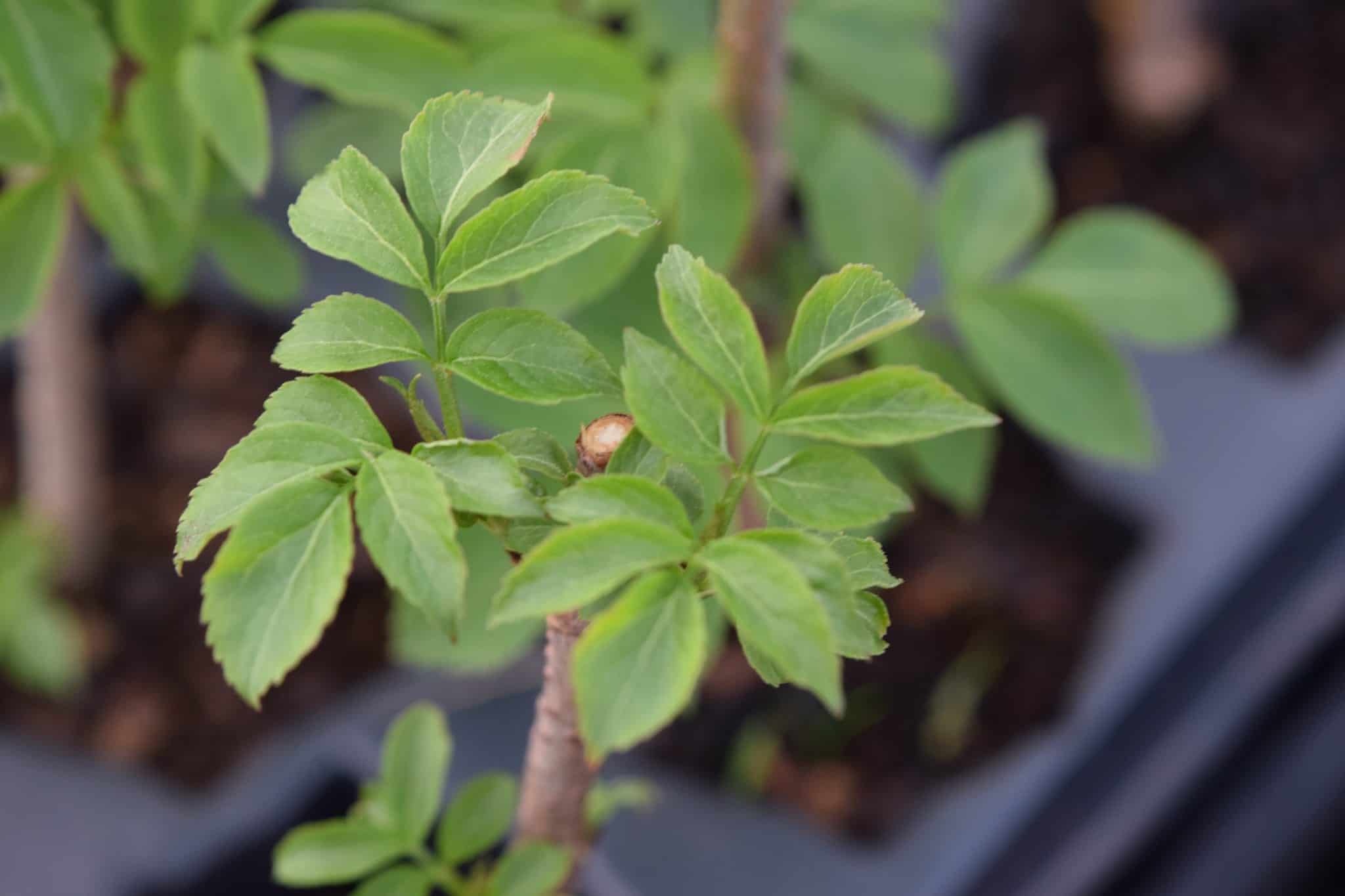

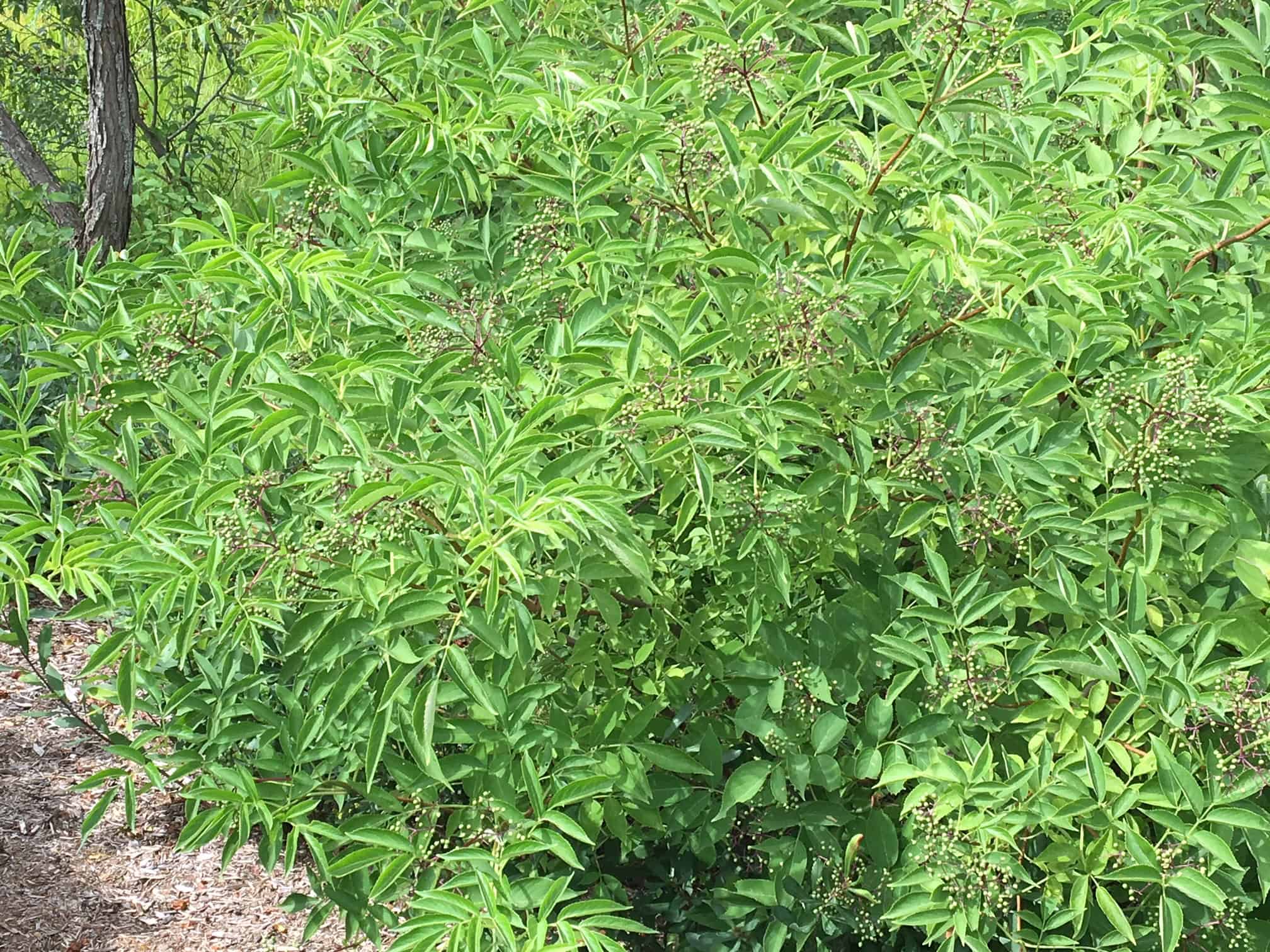
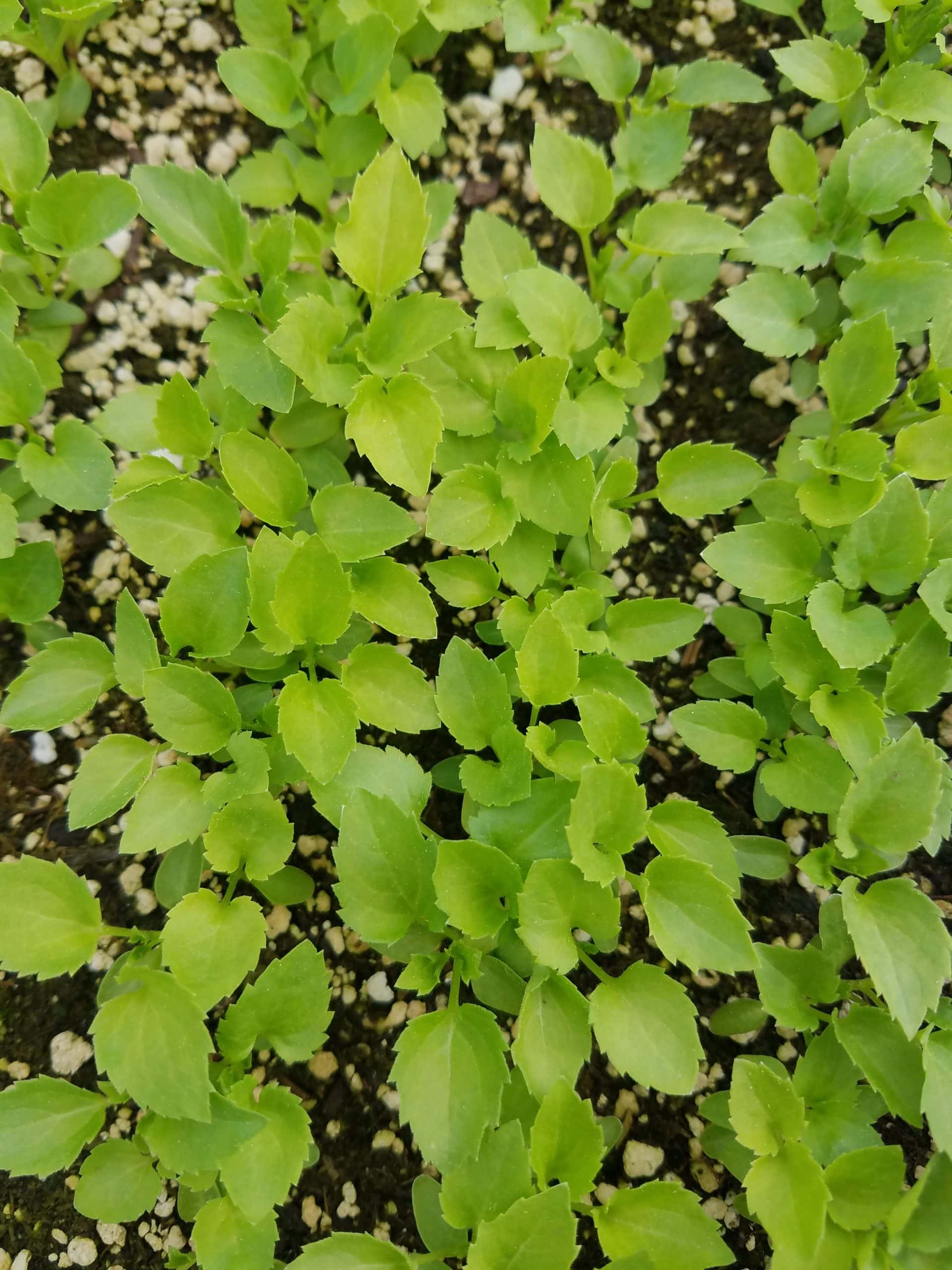
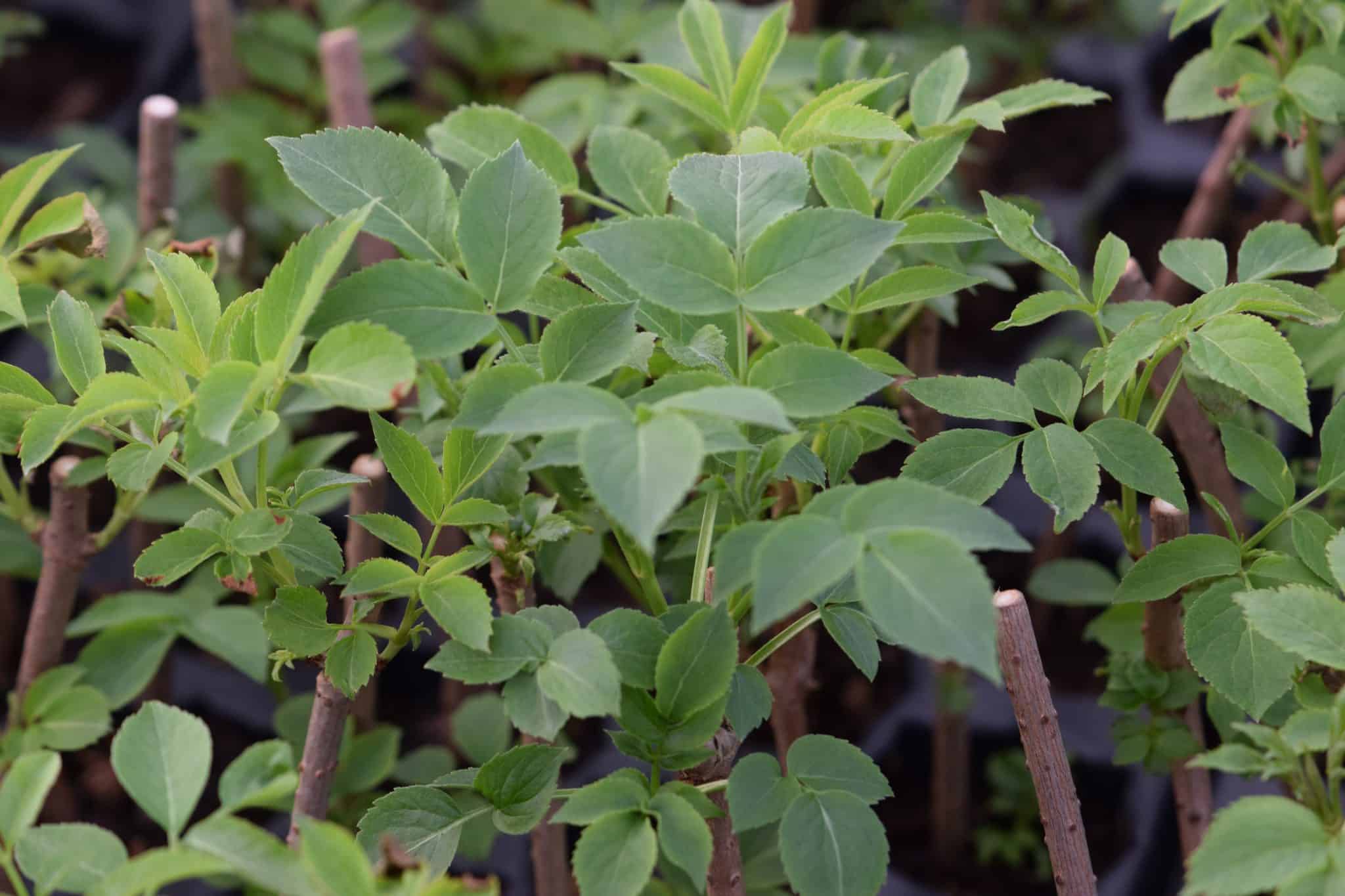
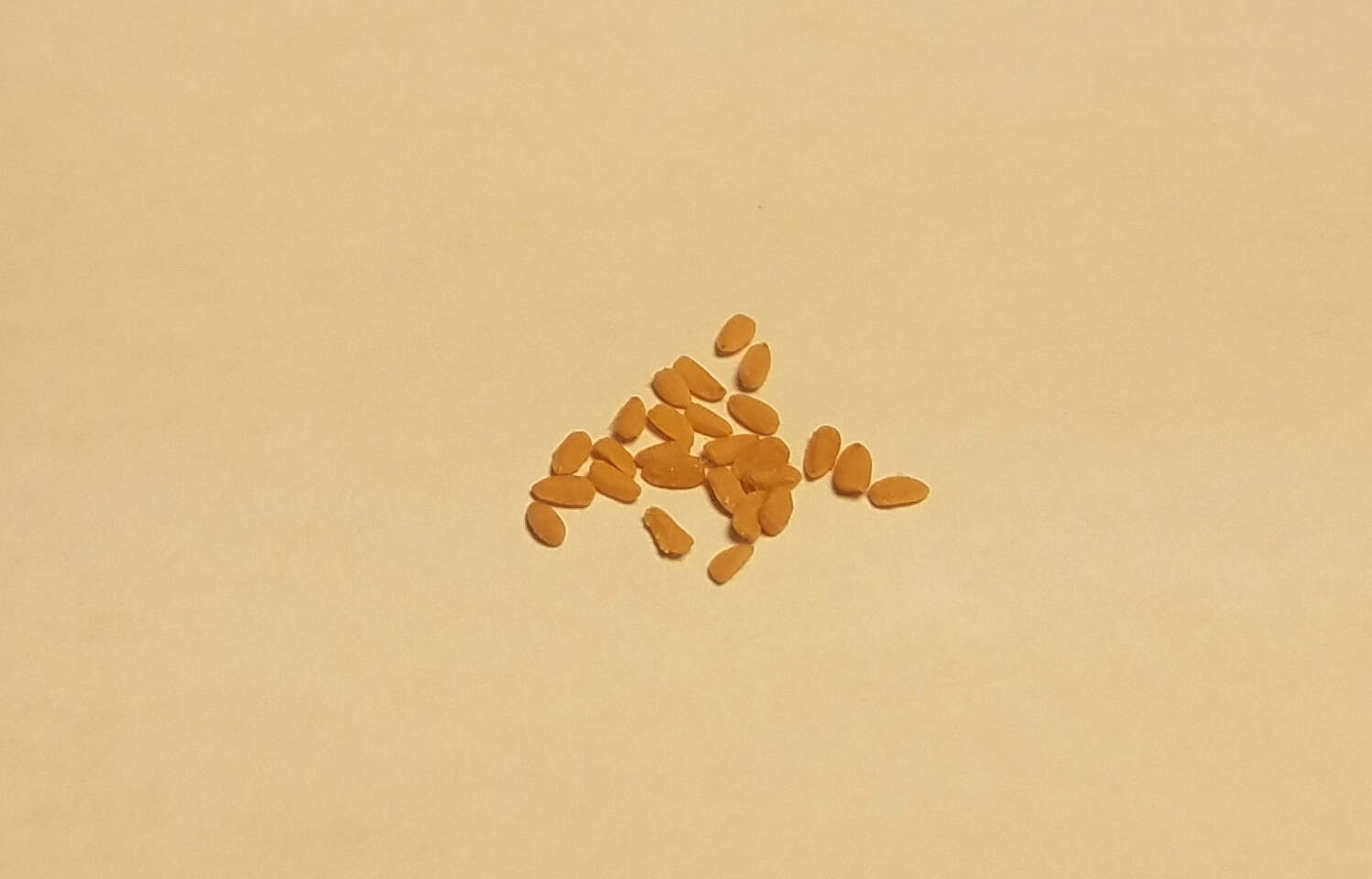
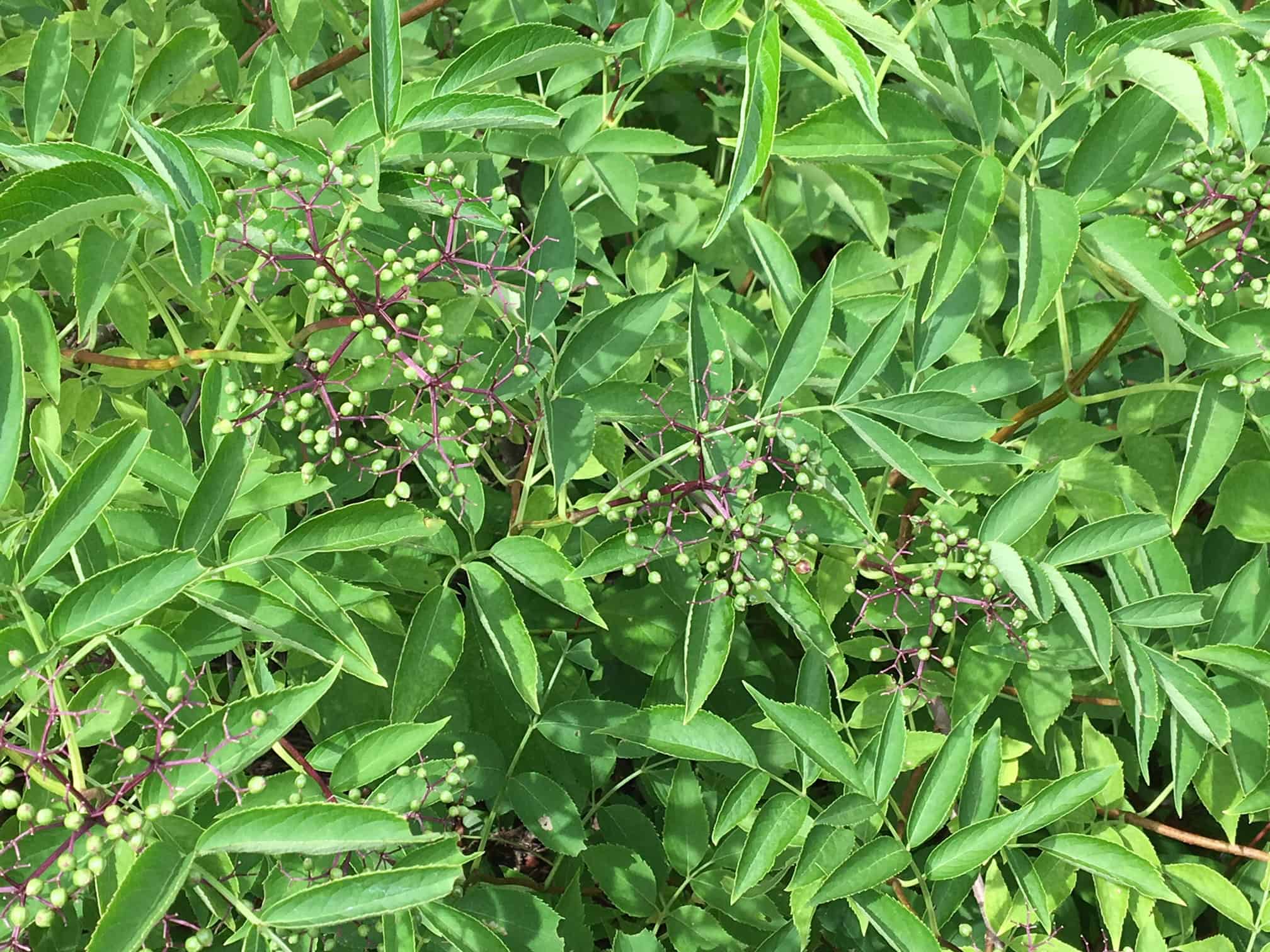

General
A deciduous shrub native to eastern North America. It is characterized by its large, flat clusters of creamy white flowers that bloom in early summer, followed by clusters of small dark purple to black berries in late summer to early fall. American elderberry typically grows 5 to 12 feet tall and thrives in a variety of habitats including moist woodlands, stream banks, and disturbed areas, where it provides both ornamental value and important wildlife habitat. Food source for birds.
Plant Description
This species has a vigorous, deciduous growth habit with multiple stems and large, pinnately compound leaves that are dark green and serrated. In early summer, it produces showy clusters of creamy white flowers that contrast beautifully against its foliage, followed by clusters of small, dark purple to black berries in late summer. This shrub's robust appearance and seasonal color changes make it a striking addition to gardens and natural landscapes alike. Grows up to eight feet.
Height (ft)
8
Spread (ft)
5-12
Soil moisture
Moist, well drained
Soil types
Humus
Wetland indicator
FACW-
Shade tolerance
Intolerant, full sun
Bloom color
White
Bloom period
Summer
Fall conspicuous
Yes
Anaerobic tolerance
Low
Drought tolerance
Medium
Salinity tolerance
None
Self-Pollinating?
Yes
Range
Most of the continental united states, from Maine and Florida west to Montana, Arizona and California, and extending north into Canada.
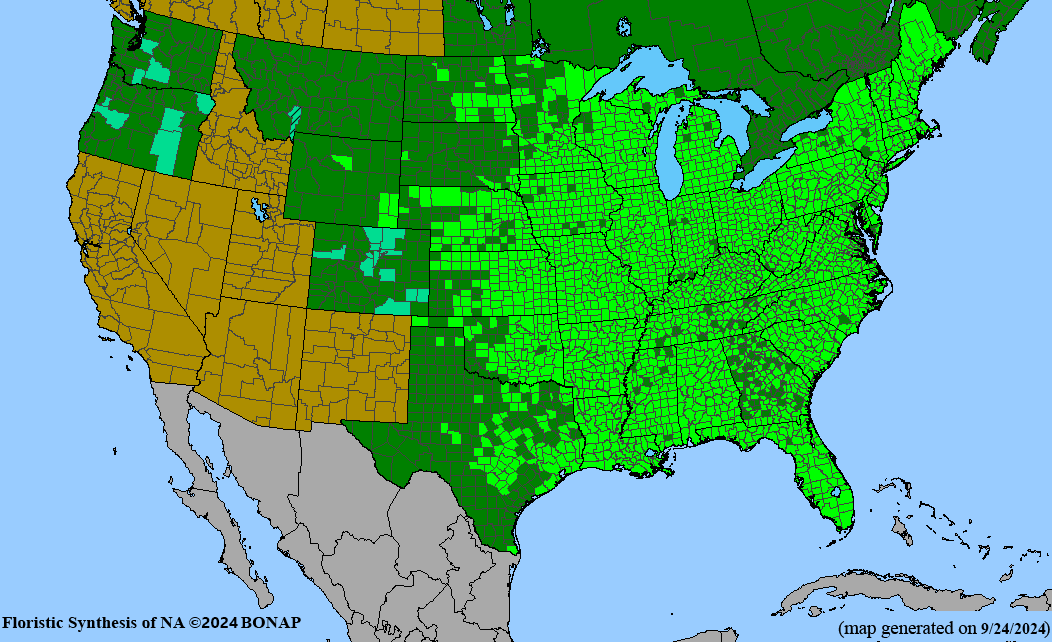
Kartesz, J.T. 2024. Floristic Synthesis of North America, Version 1.0. Biota of North America Program (BONAP) [website http://bonap.org/]
